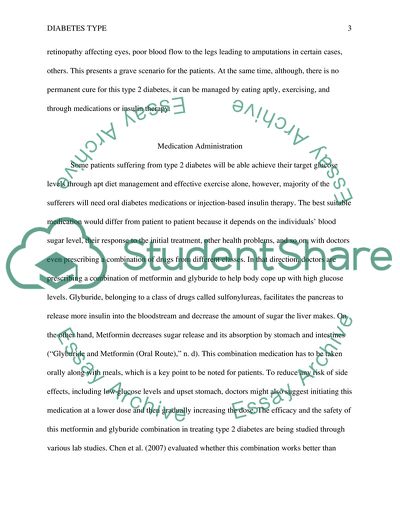Cite this document
(“Diabetes mellitus type II care and management Term Paper”, n.d.)
Diabetes mellitus type II care and management Term Paper. Retrieved from https://studentshare.org/nursing/1684584-diabetes-mellitus-type-ii-care-and-management
Diabetes mellitus type II care and management Term Paper. Retrieved from https://studentshare.org/nursing/1684584-diabetes-mellitus-type-ii-care-and-management
(Diabetes Mellitus Type II Care and Management Term Paper)
Diabetes Mellitus Type II Care and Management Term Paper. https://studentshare.org/nursing/1684584-diabetes-mellitus-type-ii-care-and-management.
Diabetes Mellitus Type II Care and Management Term Paper. https://studentshare.org/nursing/1684584-diabetes-mellitus-type-ii-care-and-management.
“Diabetes Mellitus Type II Care and Management Term Paper”, n.d. https://studentshare.org/nursing/1684584-diabetes-mellitus-type-ii-care-and-management.


